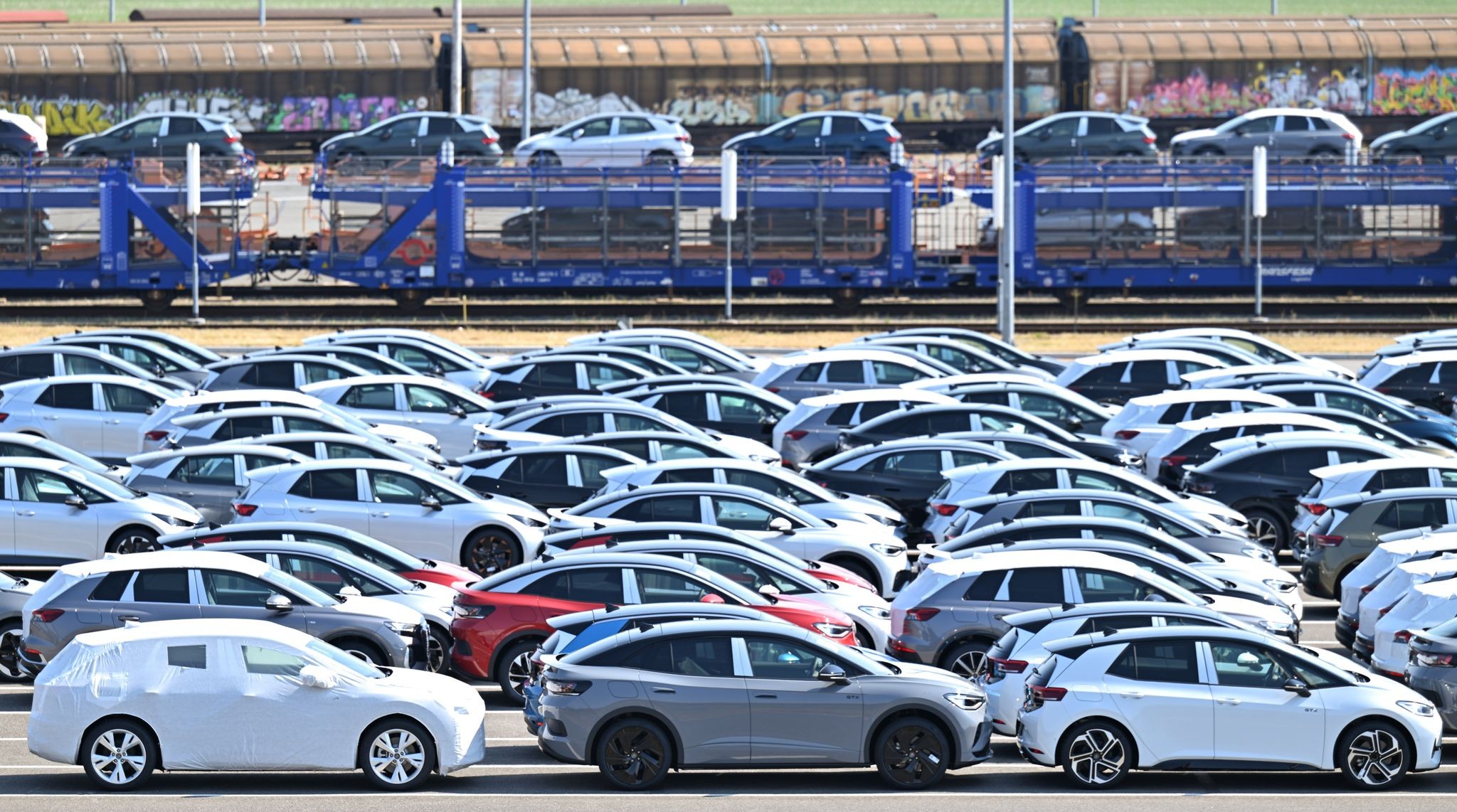Driving Electric Vehicles Cleaner Than Holding Onto Aging Cars
New research shows electric vehicles outperform older petrol and diesel cars in lifetime emissions, challenging the belief that keeping an old car is greener than buying a new EV.

Some experts maintain that keeping and running an “old banger” car instead of building a new one saves hectolitres of water, kilos of steel, rubber and plastic, while avoiding pointless consumption.
Some critics of electric mobility, long touted for not adding to fumes in cities, say pollution is not just about exhaust emissions but the whole life cycle, from manufacture to use to recycling.
The problem here is that the underlying premise is incorrect, at least according to a recently updated study from the Institute for Energy and Environmental Research (IFEU) in Heidelberg in south-west Germany.
Authors Kirsten Biemann, Hinrich Helms and Claudia Kämper said the update was needed due to the very dynamic developments in the area of electricity supply in Germany.
Changes in the characteristics of modern electric cars, such as significantly higher ranges, and further developments in battery technologies during 2024 were also taken into account.
The work builds on an earlier study, which showed that electric cars registered in 2023 cause up to 59% fewer greenhouse gas emissions over their entire life cycle than comparable combustion engines.
The “break-even point” at which an electric car is more climate-friendly than a combustion engine is between 25,000 and 45,000 kilometres, depending on the vehicle being compared.
The updated study used data on the current electricity mix in Germany where more than 62% of energy production is sustainable. It also factors in the climate values of car production based on a car being kept and used for up to 220,000 kilometres.
The IFEU researchers said the average lifespan of a car is 16 years, so a car purchased at the beginning of 2022 is expected to be used until the end of 2037.
The study said that even after a shorter distance, the CO2 emissions produced by operating an ICE car outweigh all the other emissions.
This means that the climate gas emitted when burning fossil diesel and petrol also becomes a decisive factor after 40,000 kilometres travelled by petrol cars and 25,000 kilometres for diesel cars.
And when a combustion engine or plug-in hybrid is used for longer, the emissions increase steadily during the usage phase – and with it the proportion of fuel used in relation to the production and recycling of the vehicle.
This would seem to explode the myth that older cars with combustion engines are more climate-friendly than new electric cars when used over a longer period.
In any case, the overall environmental impact of a car does not begin and end with its construction.
READ ALSO: German Greens Pressure Merz to Act on Gaza with European Peace Plan
Some experts still point to the environmental impact of the intensive and invasive mining of rare minerals (lithium and cobalt, among others) which is required to make the batteries. Getting these elements from the earth takes an environmental toll and that can cause pollution.
Advocates of electric cars counter this by pointing out that extraction methods are improving all the time along with the longevity of batteries using rare materials.
By Martin Bensley, dpa
